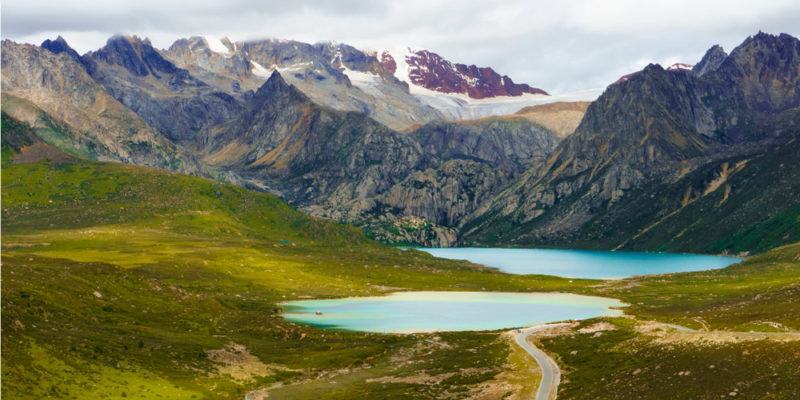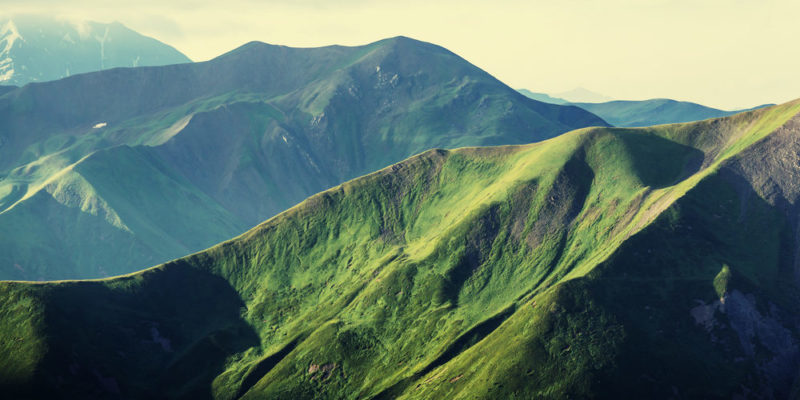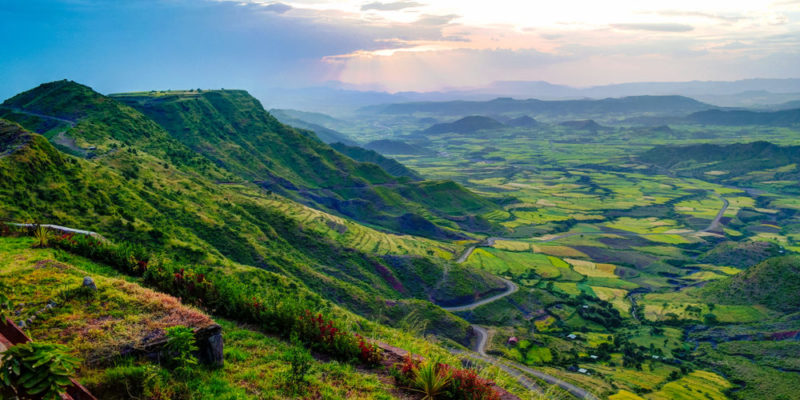We explain what relief is, the types of relief that exist and what are the main characteristics of this surface.
What is relief?
The relief refers to the set of forms that the surface of the earth acquires in different parts of the world. The relief is considered to be the product, on the one hand, of:
- Endogenous factors. The main one being the movements of the tectonic plates , and on the other,
- Exogenous factors. Like the rain , the wind, the waves (in coastal sectors), which can give the landscape a particular shape due to its erosive action.
The relief of the Earth that we see today is the result of a very long and complex geological and atmospheric process . Plate tectonic and continental drift theories are among the most widely accepted to account for major relief phenomena.
There are different forms or types of reliefs, and below we expose their main characteristics and peculiarities.
Characteristics of the relief :
Man intervention
It has remained with minimal changes for hundreds of thousands of years; however, because of its intervention, in recent decades man has tended to modify it .
-
Determine the weather
 It largely determines the climate of a region, it also influences the way of life of the inhabitants , the possibility of developing economic activities, etc.
It largely determines the climate of a region, it also influences the way of life of the inhabitants , the possibility of developing economic activities, etc.
Plains and plains
The flat and extensive reliefs at the same height as the sea level are called plains or plains. These have generally been formed from sedimentary rocks. They allow the development of agricultural activities with great ease . Likewise, they allow the layout of roads at a relatively low cost, since it is not necessary to dynamite large rock masses.
-
Plateaus or plateaus
 The flat and extensive reliefs, but located at a certain height with respect to the sea level, are called plateaus or plateaus, they can be located at different altitudes and are limited, on one of their faces, by a flat or even hollowed area, product of some kind of erosive process.
The flat and extensive reliefs, but located at a certain height with respect to the sea level, are called plateaus or plateaus, they can be located at different altitudes and are limited, on one of their faces, by a flat or even hollowed area, product of some kind of erosive process.
Relief depressions
When the relief presents a subsidence , it is facing a depression, some are absolute depressions, with a negative elevation with respect to sea level, while others are relative depressions, that is, lower areas with respect to the surroundings, although with elevations positive. Depressions can be the result of erosion, glaciation, volcanic eruptions, etc.
-
Elevations of relief
 The elevations of the relief can be presented in different shapes and extensions. The main forms correspond to the following types:
The elevations of the relief can be presented in different shapes and extensions. The main forms correspond to the following types:
- Mountains . They are steep elevations of the surface, they can reach several thousand meters above sea level. They are often formed by the collision of two tectonic layers, causing the earth's crust to fold in on itself.
- Mountain ranges. This name is given to the groups of mountains that follow one another in clear continuity. Eg. Cordil lera de los Andes .
- Hills. They are generally gentle elevations of the terrain and smaller than those corresponding to mountains. It is possible that they arise from the erosion of mountains, but they can also appear from the accumulation of sediments or other causes.
- Saws. They are elevations higher than the hills but lower than the mountain ranges, with slopes not so marked.
All these elevations are the product of orogenic processes . Our geological history records three major orogenic processes: the one that generated the Caledonian folding, the one that formed the Hercynian folding and the one that generated the Alpine folding, about 65 million years ago.
In turn, during the Primary era more than 500 million years ago the so-called shields emerged , mountain massifs formed and razed by erosion during the Secondary era. These are the nuclei of the continents that we know today; They are made up of very old rocks that in some areas were covered by newer sedimentary materials.
-
Valleys
 Areas with mountainous relief also generate particular interior reliefs , such as valleys, which are low areas limited by mountain ranges or mountain ranges.
Areas with mountainous relief also generate particular interior reliefs , such as valleys, which are low areas limited by mountain ranges or mountain ranges.
Particular reliefs
Coastal areas can present particular reliefs , for example cliffs, that is, elevations that drop steeply towards the sea.
-
Rivers determine reliefs

-
Tectonic plate movements
The above content published at Collaborative Research Group is for informational and educational purposes only and has been developed by referring reliable sources and recommendations from technology experts. We do not have any contact with official entities nor do we intend to replace the information that they emit.
Luke is passionate about fostering student involvement and connection. He studied psychology for his major and likes learning about the past. Luke aims to specialize in artificial intelligence and cybersecurity. .
Leave a reply
Your email address will not be published. Required fields are marked *Recent post

Sport: What Is It, Types, Risks, Features, Characteristics and Examples

Dogs: Emergence, Features, Characteristics, Feeding and Breeds

Story: Definition, Elements, Structure, Features and Characteristics

